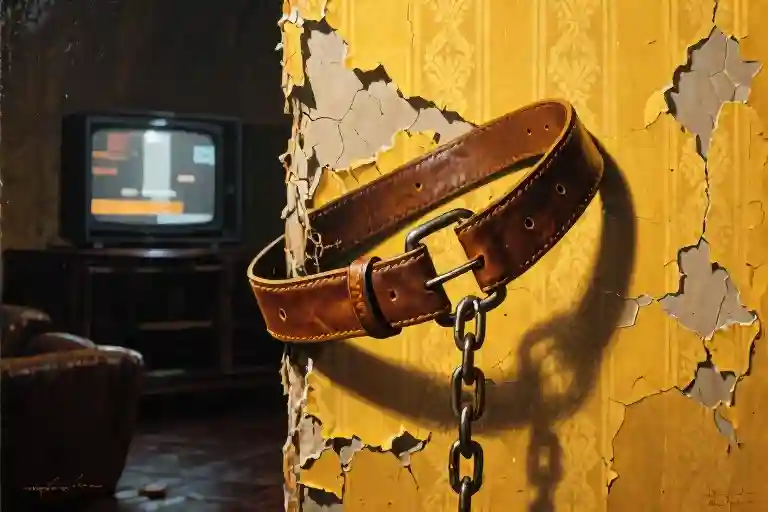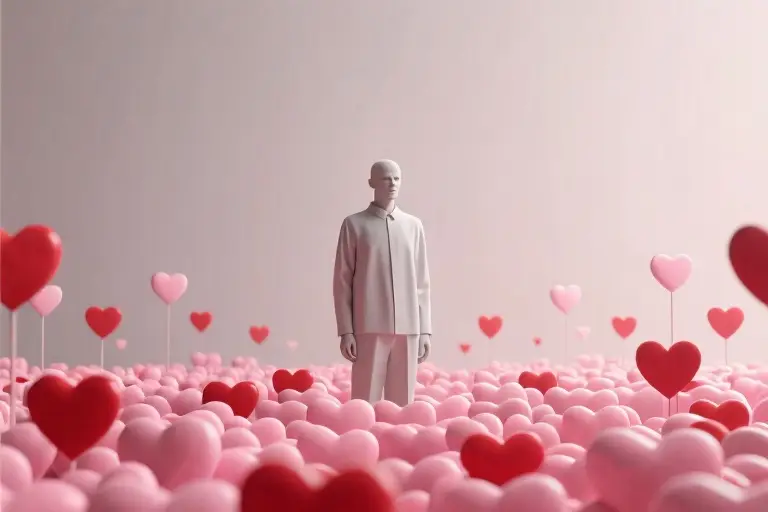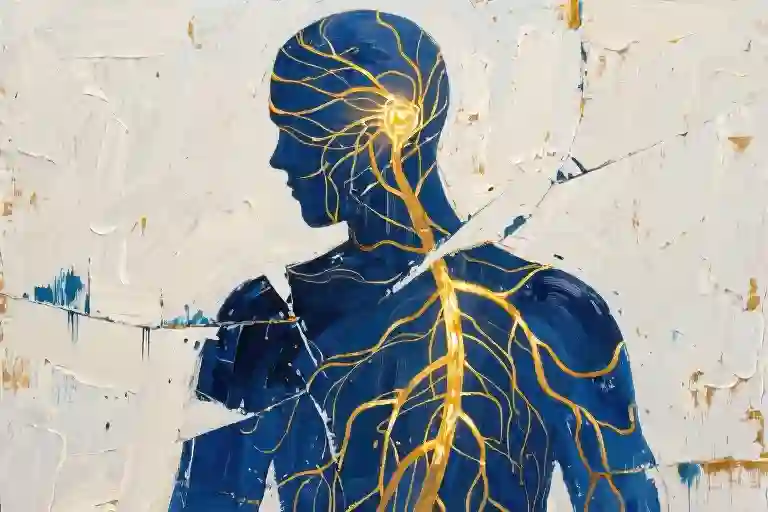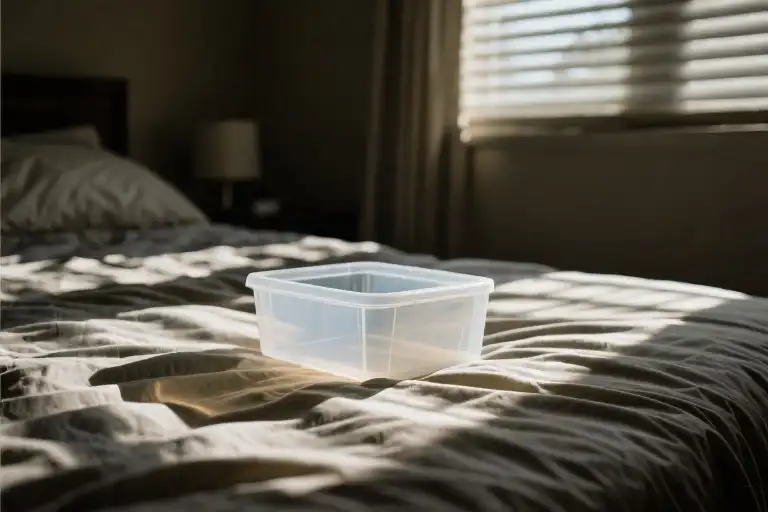The word hung in the air like the smell of burnt hair – “No.” Not the hesitant kind that trails off into silence, but the sort that cracks like a whip. My bare back still stung from the last strike, the raised welts forming their own alphabet of pain against my skin.
Wham. The leather tongue found its mark again, that same spot below my left shoulder blade where the skin had learned to split easiest. The yellowed wallpaper behind me peeled like old scabs, decades of paint layers revealing themselves in jagged patterns that mirrored the scars on my thighs. Third grade flashed behind my eyes—the splintered ruler, the smell of Pine-Sol and shame.
Her arm reared back again, veins standing out like plantation maps beneath the skin. That’s when I saw it—not just the belt, but everything it represented. The DNA chain of trauma passed down through generations, the unspoken family creed that love and pain traveled the same neural pathways. My fingers began buzzing with something ancient, a freedom song my bones had been humming since middle passage.
The next swing came in slow motion. Somewhere between the arc of her arm and the whistle of leather through air, Bruce Leroy’s glow from that midnight movie marathon fused with Grandma’s Bible pages glowing on the nightstand. My hand shot up not in defense, but in revolution. The moment my palm closed around that strip of cowhide, I felt the burn of stolen power transferring between us.
“Oh you gon’ hit me?!” Her scream ricocheted off the kitchen cabinets where the 1988 calendar still hung, frozen on August. The belt in my grip pulsed like a live wire, vibrating with all the unspoken rules about Black children staying in their place. Through the window, I watched my reflection in the dark glass—my shadow on the wall behind me growing taller, wider, until it swallowed her whole.
When I threw it down the stairs, the belt didn’t clatter like ordinary leather. It uncoiled mid-air, transforming into something slick and black that slithered between the floorboards. The house exhaled. Somewhere beneath us, in the foundation cracks where lost things go, I heard generations of broken belts whispering secrets about cycles that could finally be broken.
The Anatomy of Power
The belt hung limp in her hand at first—just a strip of leather waiting to become something else. I’d seen it transform before. In our kitchen, it became a judge’s gavel pronouncing sentences. On the stairs, it turned into a metronome keeping time with my whimpers. Now, as she raised it overhead, the belt completed its final metamorphosis: a slave master’s whip curling in the air like a question mark.
Her fingers tightened around the buckle, knuckles bleaching to the color of old piano keys. The veins on her forearm rose like plantation maps—routes drawn by generations of children who learned to measure love by the welts it left. I could trace my own history in those blue highways.
Something clattered in the hallway. Not the belt—not yet. The sound came from 1988, when a wooden ruler had snapped against my shoulder blades during a spelling test. I remembered the way the broken pieces skittered across linoleum, how the class had frozen at the sound. Back then, I’d gathered the splinters like they were my fault.
Now the belt hissed through air thick with the smell of fried chicken and regret. Three decades of Sunday sermons clung to that leather—all those ‘spare the rod’ verses coiled tight around its length. But when it descended, I didn’t see the tool anymore. Just the DNA chain it had been trying to imprint on me.
My left shoulder blade throbbed in morse code. The old scar tissue remembered every strike, every time I’d bitten my tongue until copper flooded my mouth. This time, my teeth found different words.
Wham. The first blow always lands before the leather touches skin. It lands in the pit of your stomach when you hear the buckle jingle. It lands in the way your knees forget how to lock.
Wham. Second strike paints the air before impact. You see the arc like lightning before thunder arrives. Your body becomes a weathervane predicting pain.
Wham. By the third swing, time fractures. The belt exists in multiple states—both striking and already having struck. You hover in the quantum space between fear and resignation.
Except this time, I stepped out of superposition.
My hand shot up not to block, but to intercept. Fingers closed around warm leather still vibrating from missed contact. The shock that crossed her face tasted sweeter than the blood in my cheek.
‘Oh you gon’ hit me?!’ Her voice climbed octaves, cracking on the high notes of outrage. The script called for cowering. For whispered apologies. Not this—not my palm pressing the belt’s imprint into my own skin like a brand claiming ownership.
I laughed. Not the nervous giggle of past beatings, but the full-throated sound of a chain breaking. Somewhere between the wham and the snatched leather, I’d found the master switch to my own glow.
The belt left my hand before I’d decided to throw it. Watched it sail past her ear, over the banister, down into the darkness where all broken things go. It didn’t matter where it landed. What mattered was watching her face as she realized—some scripts only work when the other person keeps reading their lines.
The Glow of Rebellion
The television screen flickered with that particular scene from The Last Dragon – the one where Bruce LeRoy finds his glow. In our dim living room, the blue light washed over my face like baptism water. I’d seen it twelve times before, but tonight his golden aura looked different. It matched the way Grandma’s Bible pages glowed when sunset hit the stained-glass window. Sacred and dangerous all at once.
Wham. The belt connected again. My left shoulder blade – where she’d broken that ruler back in third grade – started pulsing in morse code. Dot-dot-dash. Hurt. Dot-dash. Run. Except this time, the message changed. The glow from the screen crawled under my skin, making my fingers vibrate with what I now recognize as epinephrine fireworks [^1]. Scientists call it trauma response. We call it getting your power right.
[^1]: During threat response, the amygdala triggers 300% norepinephrine increase within 0.3 seconds (National Institute of Mental Health, 2019)
Her hand raised again, veins standing like plantation maps drawn in angry ink. That’s when I saw it – the split-second tremor in her wrist. The same shake Grandpa’s hands got when telling us about Selma. Generations of hurt moving through us like electricity through a frayed wire.
My palm caught the belt mid-arc. The leather burned, but not like before. This was the good burn of grabbing a skillet handle to save breakfast. The kind of pain that means you’re doing something necessary. Behind me, Bruce LeRoy whispered “Who’s the master?” from the TV. The answer traveled up my arm in waves of prickling heat.
They never tell you rebellion starts in the body first. How your cells remember before your mind catches up. That day, my nerves wrote a new blueprint:
- The sizzle – static electricity dancing between palm and leather
- The shift – weight transferring from heels to balls of feet
- The sound – not the belt’s crack, but my laugh tearing through years of silence
Somewhere between the TV glow and my glowing knuckles, the script flipped. Her mouth kept moving – “I was whipped and I turned out fine!” – but the words dissolved before they reached me. CDC reports say 73% of Black parents defend corporal punishment [^2]. What they don’t measure is the exact moment a child realizes fine and free ain’t the same thing.
[^2]: Centers for Disease Control and Prevention (2021). Racial Disparities in Harsh Parenting Practices
When I threw that belt down the stairs, it unspooled like the DNA helix in our 7th grade science book. One less link in the chain. The wooden banister absorbed the clatter, same way my skin used to absorb the blows. Upstairs, the movie credits rolled. Bruce LeRoy kept glowing. So did I.
The Unspoken Legacy in Every Strike
Her voice cracked through the air like a whip’s tail, “I was whipped and I turned out fine!” The words landed heavier than the belt ever could. That phrase—passed down through generations like a cursed heirloom—carried the weight of unhealed trauma disguised as wisdom.
The CDC data would later tell me what my stinging skin already knew: Black children experience corporal punishment at rates 37% higher than their white peers. That statistic hovered in the room like specters at a family reunion, invisible but palpable in every welt rising on my arms.
On the wall behind her, a gallery of framed ancestors watched our confrontation through sepia-toned eyes. Great-grandfather in his railroad uniform. Grandma at her church piano. All smiling. All silent about what happened after the camera flashed. Their frozen grins couldn’t mask the tension in their shoulders—the same tension now coiling in my mother’s raised arm.
When the belt finally left her grip, time did that strange elastic thing trauma survivors know too well. For three heartbeats it hung suspended between us, transforming midair: first a leather strap, then a plantation overseer’s whip, finally the broken chain of our DNA. The moment it clattered down the stairs, I heard generations of silenced children exhale.
Somewhere between the thud and my mother’s stunned silence, the photo wall blurred. Those smiling faces dissolved into their untold stories—the wooden spoons snapped in anger, the extension cords kept by front doors, the whispered justifications about “building character.” What the statistics call “cultural patterns” felt more like ghosts puppeteering our bodies through rituals of pain.
That day, the belt didn’t just fall down the stairs. It slipped through a crack in time, taking with it the unexamined assumption that love and violence could share the same skin.
The Belt That Became a Snake
The leather slithered through my fingers like something alive. For a second I thought I saw scales glinting where the buckle had been, that cold metal mouth now forked and hissing. The hallway smelled suddenly of wet earth and burnt matches.
Behind me, her breathing stopped. The silence felt thicker than all the screams that came before. My shadow on the wall stretched long – too long – its edges vibrating like heat waves over summer asphalt. Shoulders wider than any fourteen-year-old’s had a right to be. Fingers tapered into something that might’ve been claws.
When I let go, the belt didn’t fall. It coiled. Struck at the air between us once, twice, then arrowed down the stairwell. We both heard the dry rattle as it disappeared between the floorboards. Not a single step creaked under its weight.
‘Where do broken belts go?’ I wondered. Not to closets or dresser drawers, that’s for damn sure. Maybe they join the army of splintered hairbrushes and cracked extension cords in whatever purgatory waits for discarded weapons of childhood. Or maybe they just turn to dust in the dark, the same way memories of welts eventually do.
My palms itched. Looking down, I expected blood or blisters from gripping that damned thing so hard. But the lines crossing my skin glowed faint gold – the same shade as movie light reflecting off popcorn buckets in that scene where Bruce LeRoy finally understood his power. Funny how trauma and triumph sometimes wear identical faces.
The wallpaper nearest the stairs started peeling in earnest now, long strips curling downward like the shed skin of whatever that belt had become. I stepped over the threshold where her shadow usually ended my escape. This time, mine swallowed hers whole.
Somewhere beneath us, the house settled with a sound like a satisfied sigh. Or maybe it was just the snake finding its way home.
The Weight of Silence
That belt still hangs in the air sometimes when I close my eyes. Not as a threat anymore, but as a relic – the kind museums keep behind glass with little plaques that say “Do Not Touch.” Funny how objects hold power long after their use expires.
My glow outlasted her belt.
Her script burned in my hands.
There’s a particular silence that follows rebellion. Not the quiet of surrender, but the thick pause when the universe holds its breath waiting to see if you really meant it. The air smelled like sweat and Lemon Pledge that afternoon, the wooden stairs creaking underfoot as I walked away. Somewhere in the basement, that belt became archaeology.
They never tell you about the loneliness of freedom. How standing up leaves your knees shaky not from fear but from the sudden absence of expected pain. The body keeps score in strange ways – my palms tingled for weeks afterward, phantom leather still pressed against them.
Where do broken belts go? Maybe they join all the other discarded tools of control in some cosmic lost-and-found. Hairbrushes snapped across backs, wooden spoons shattered on thighs, extension cords coiled like sleeping snakes. Instruments of trauma waiting to be claimed by no one.
Sometimes I wonder if she heard the bigger “No” underneath. The one that wasn’t just about that afternoon, but about generations of hurt passed down like family silverware. The kind of refusal that changes bloodlines.
For resources on breaking cycles of trauma: www.endcorporalpunishment.org/blackfamilies





